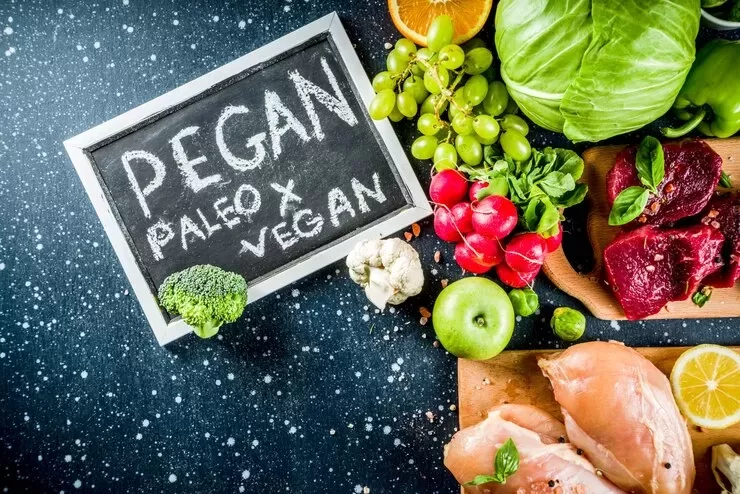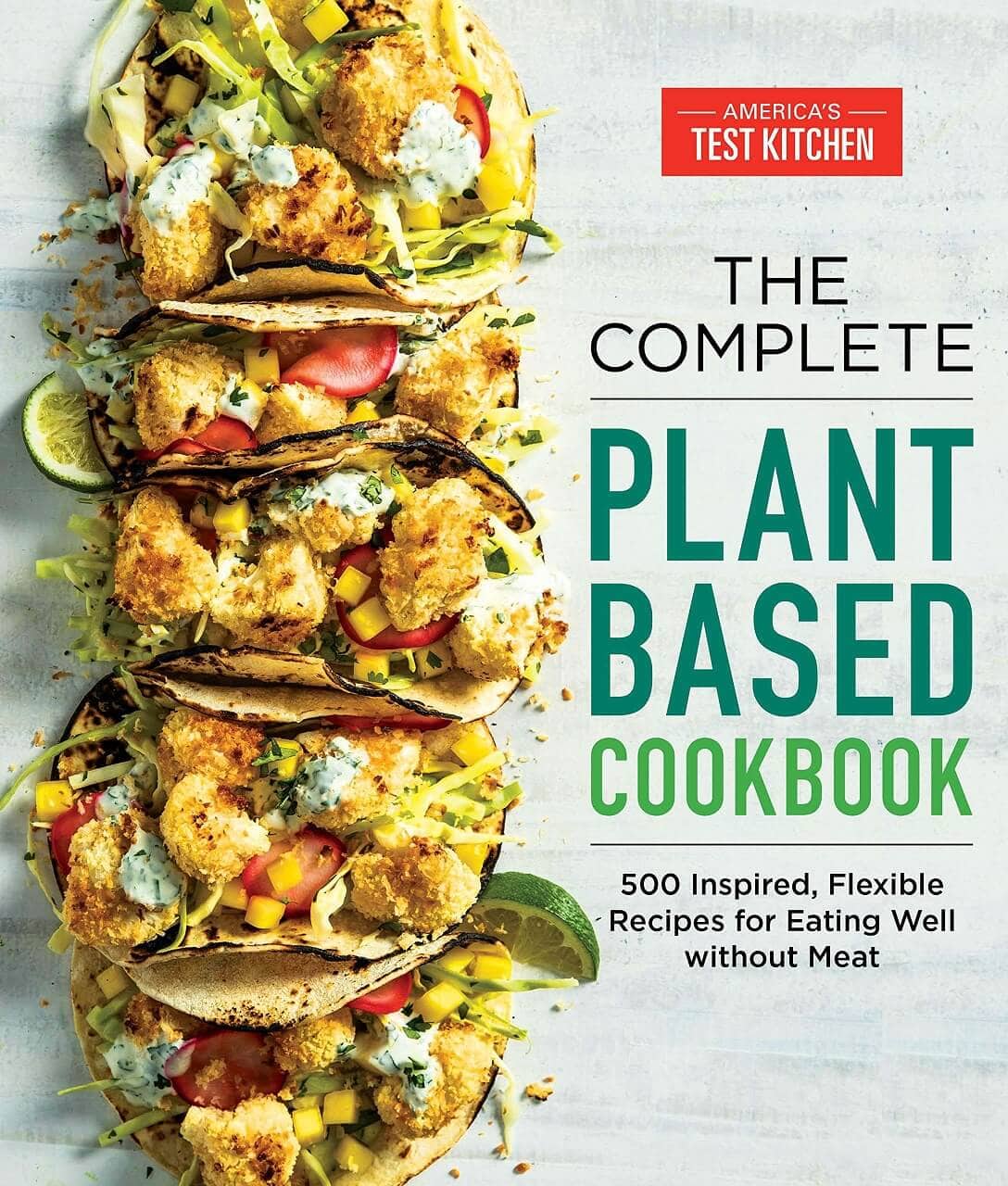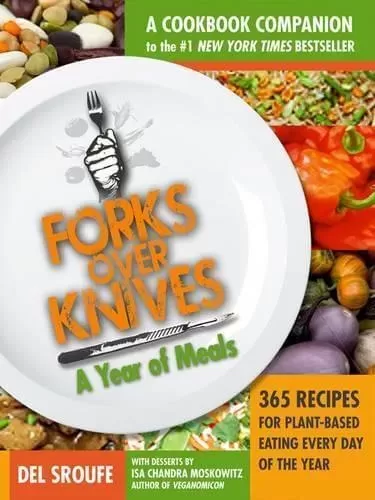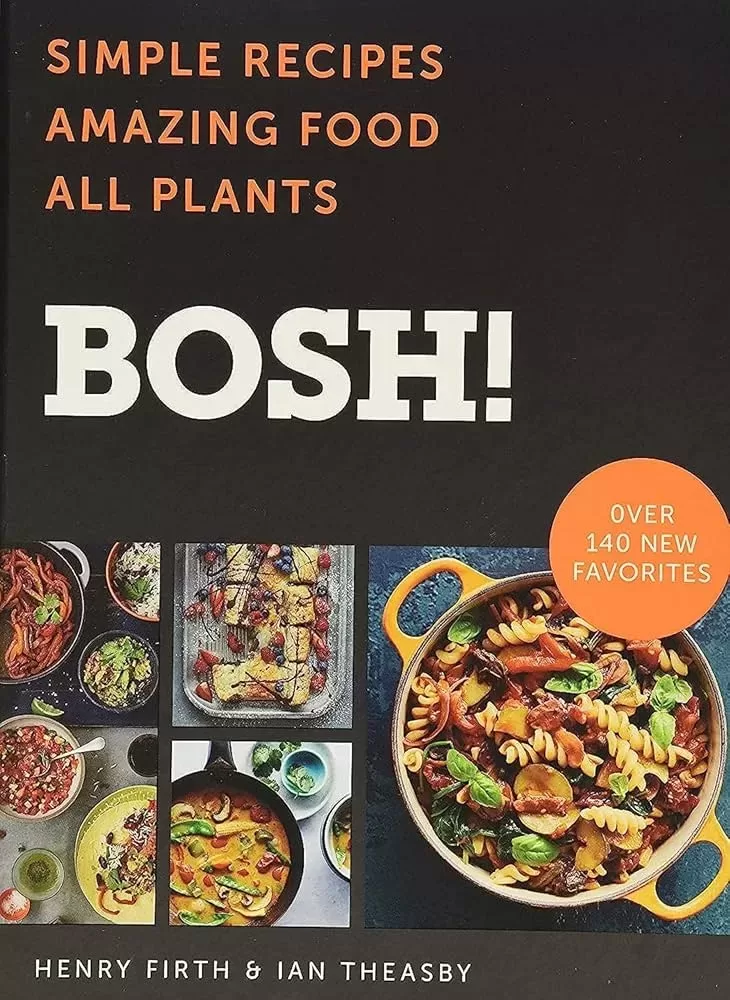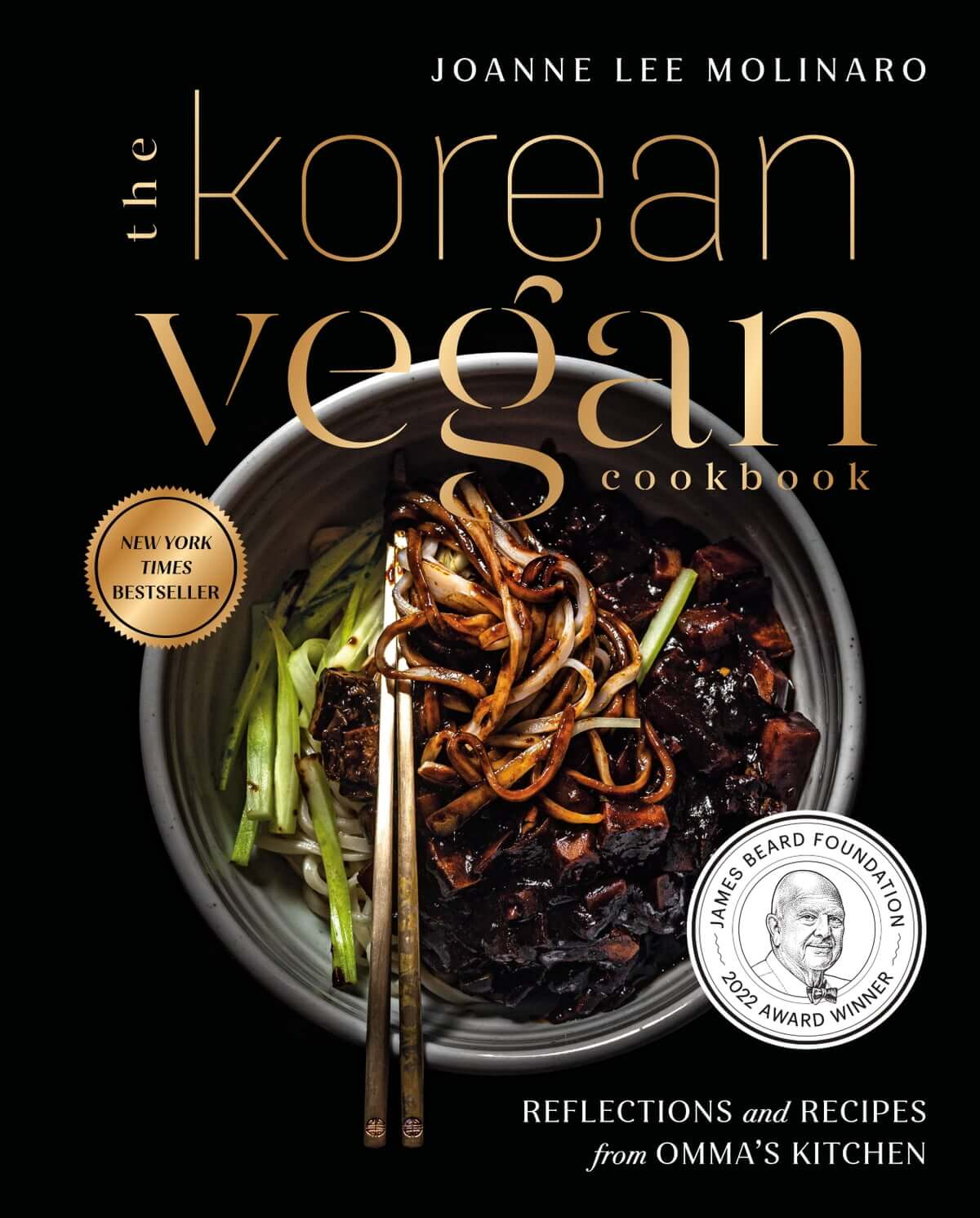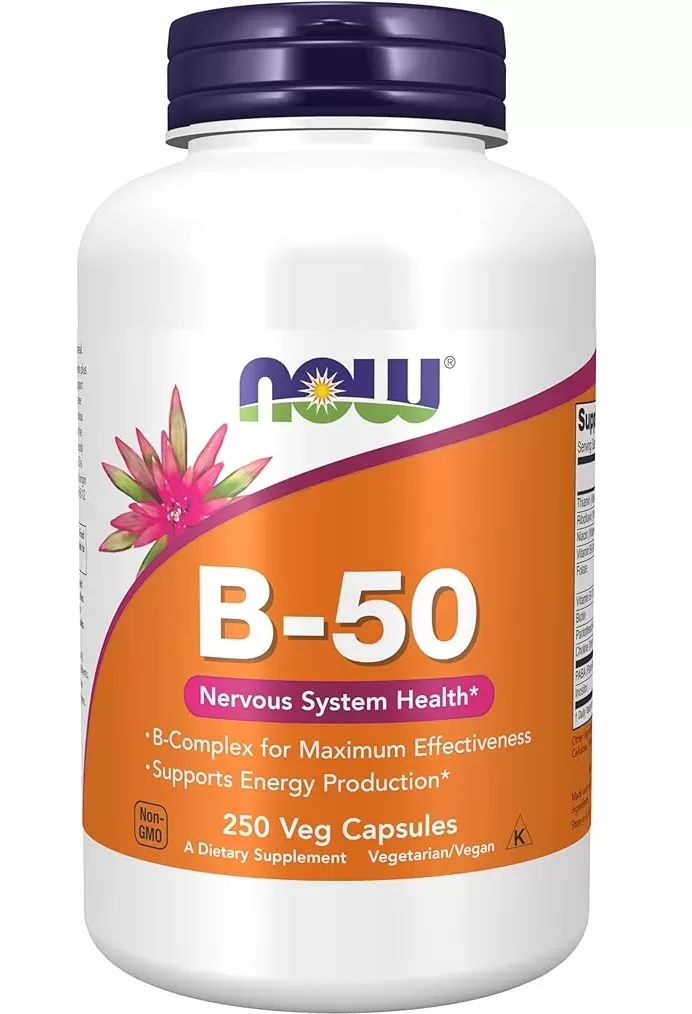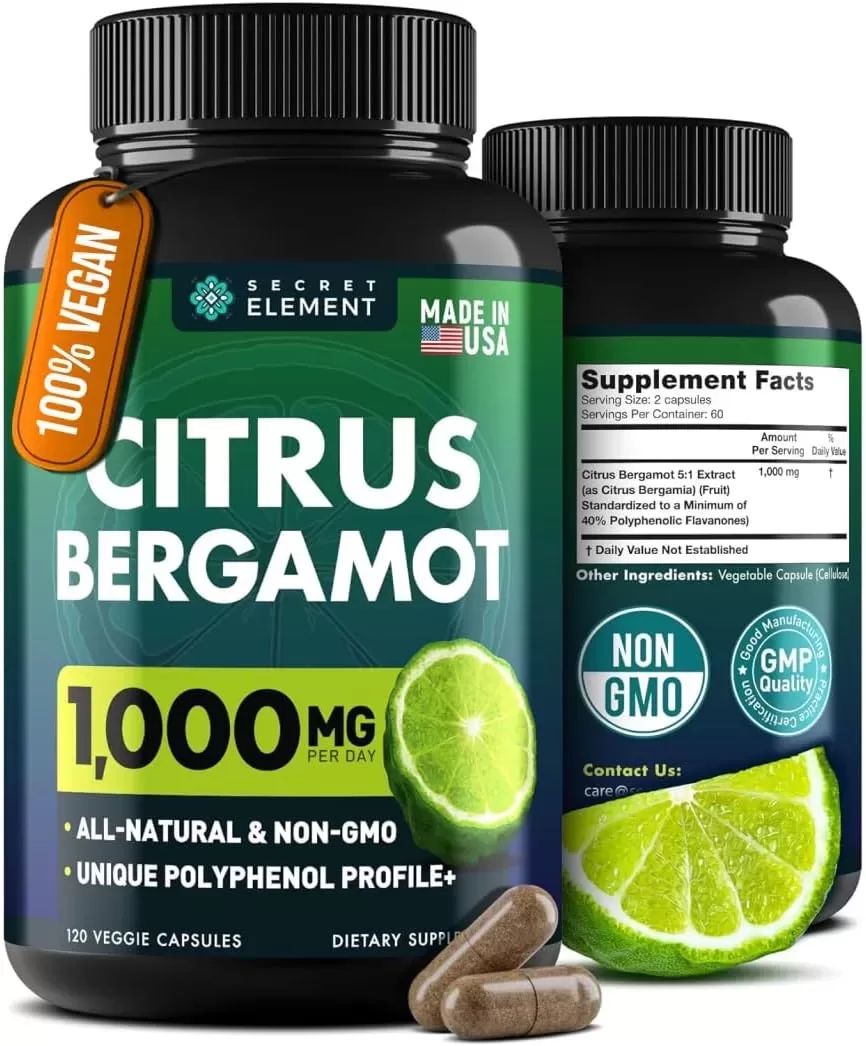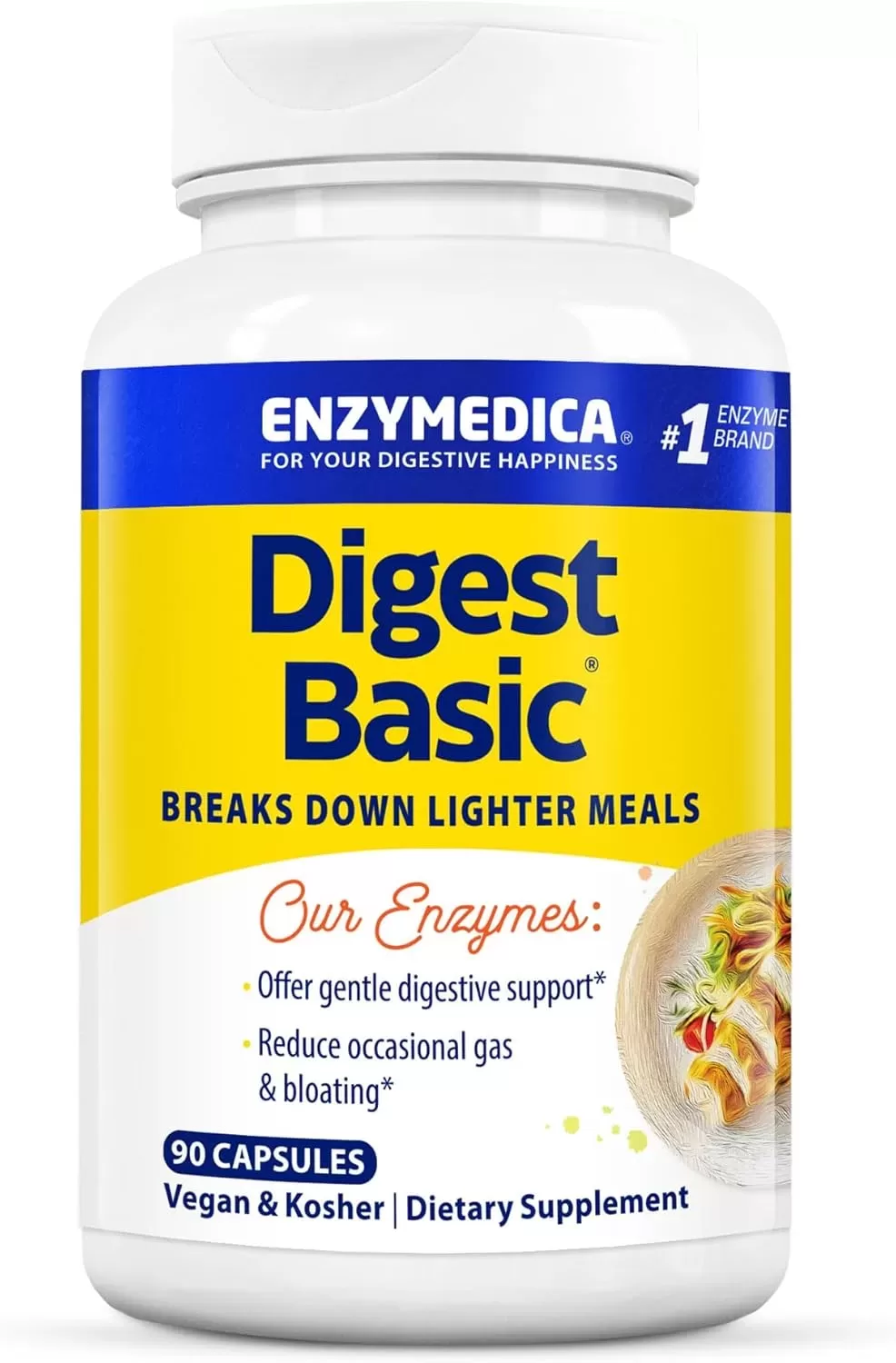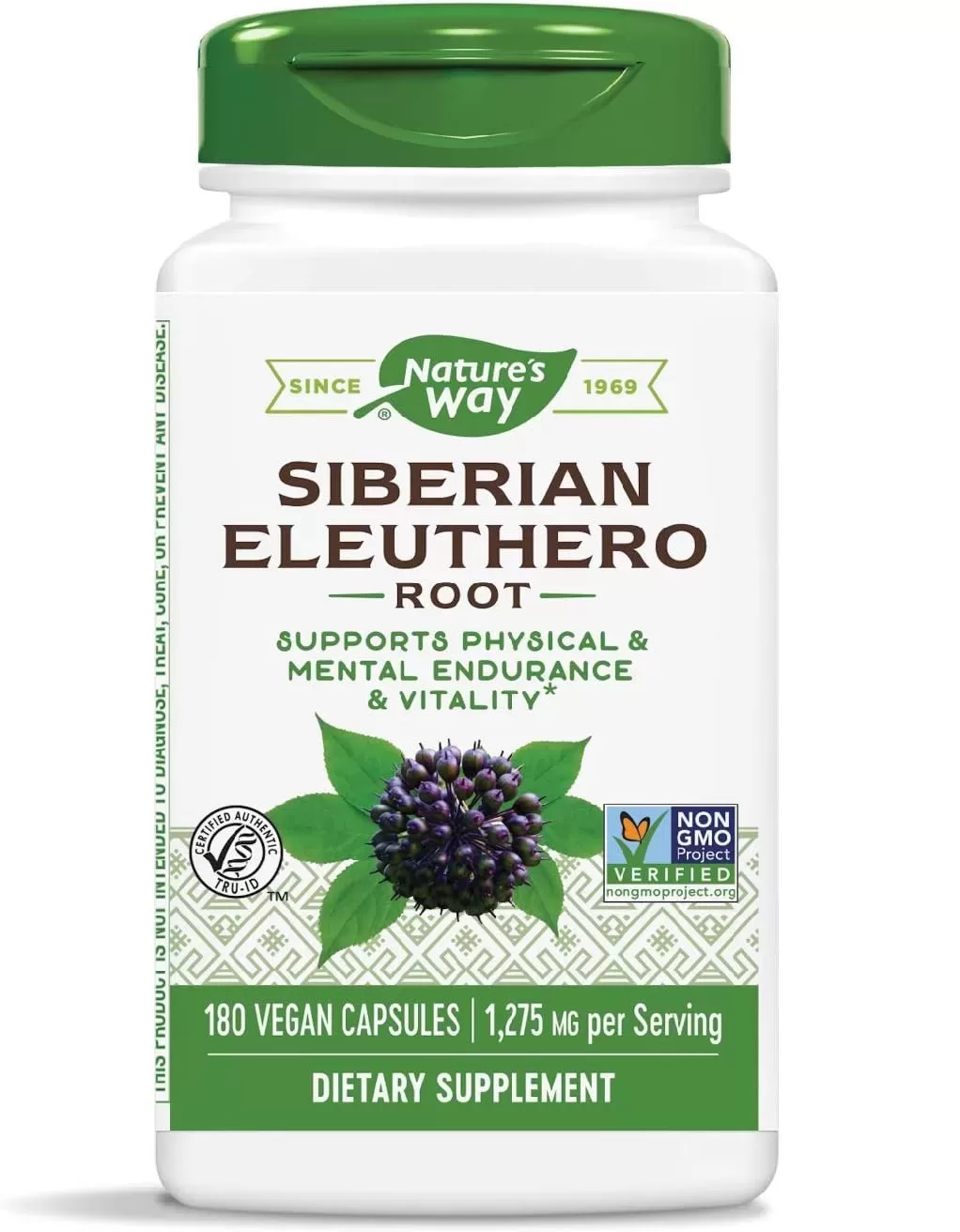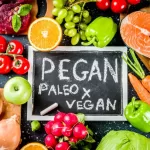Embracing a healthier lifestyle doesn’t mean sacrificing flavor or variety. Discover the fascinating world of the paleo and vegan diets, a unique approach that combines the principles of veganism and the paleo diet. Explore the key differences between Pegan and other popular diets, uncover the benefits of this holistic approach, and find customizable meal plans or recipes to suit your needs as a beginner.
Whether you’re a seasoned vegan or a paleo enthusiast, this article will equip you with the knowledge and tools to create a nutritious and satisfying diet that aligns with your goals. This article explores the exciting possibility of combining these two dietary philosophies to create a nutritional powerhouse.
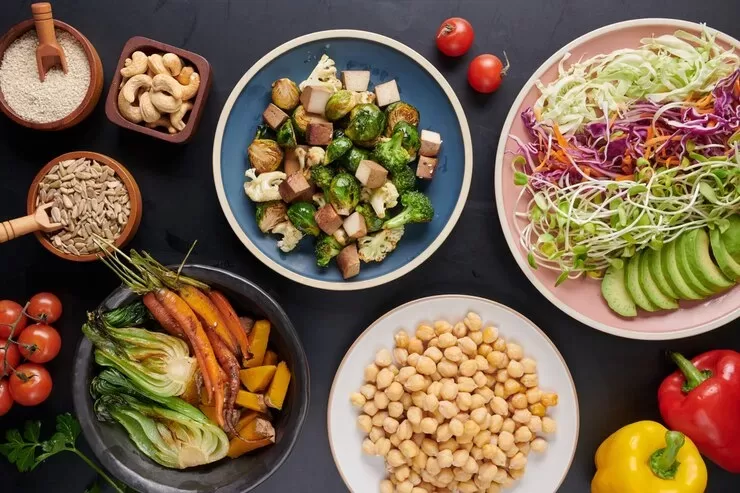
Health Benefits of A Pegan Diet
The Paleo-Vegan blend offers a unique combination of benefits that can significantly enhance your overall well-being. Here are some key advantages:
Gut Health Harmony
The high fiber content from fruits, vegetables, and whole grains in both diets supports a thriving gut microbiome. This essential ecosystem plays a crucial role in digestion, immunity, and overall health.
- Dietary fibers boost gut microbiota-produced B vitamin pool and alter host immune landscape: This study found that dietary fibers can alter microbial metabolic output, supporting healthy immune function. The research highlighted that fiber deprivation reduced the concentrations of microbiota-produced B vitamins, which are crucial for immune homeostasis
- Effects of dietary fibers, micronutrients, and phytonutrients on gut microbiome: This review outlined the differential effects of major plant-derived dietary constituents (fiber, phytochemicals, vitamins, and minerals) on the diversity and composition of the gut microbiome. It emphasized that diet is a critical determinant of the gut microbiome
- High-fiber, whole-food dietary intervention alters the human gut microbiome: This study demonstrated that a high-fiber, whole-food dietary intervention significantly altered the composition of individual gut microbiomes, including an increase in fiber-degrading bacteria like Bifidobacterium and Lactobacillus
- Study finds high-fiber diet brings significant changes to human gut microbiome: Researchers from the University of California, Irvine, found that a short-term intervention in daily fiber consumption significantly altered the gut microbiome and nutrient intake.
| Food Group | Examples | Benefits for Gut Health |
| Fruits | Apples, bananas, berries, grapes, citrus fruits | High in fiber, which promotes healthy gut bacteria |
| Vegetables | Leafy greens, cruciferous vegetables, root vegetables, colorful vegetables | Rich in fiber and prebiotics, which nourish beneficial gut bacteria |
| Whole Grains | Quinoa, brown rice, oats, millet | Provide fiber and complex carbohydrates that support gut health |
Inflammation Reduction
By eliminating processed foods and focusing on whole, plant-based options, you can significantly reduce inflammation markers in your body. Chronic inflammation is linked to various health issues, including heart disease, diabetes, and autoimmune disorders.
- The Effect of Plant-Based Diets on Meta-Inflammation and Associated Cardiometabolic Disorders: This review by Escalante-Araiza et al (2022) in Nutrition Reviews found that plant-based diets can reduce serum levels of proinflammatory markers, lower weight, and improve lipid profiles.
- Plant-Based Diets and Long-Term Health: Findings from the EPIC-Oxford Study: Key et al (2021) in the Proceedings of the Nutrition Society reported that vegetarians and vegans typically have lower BMI, serum LDL cholesterol, and blood pressure compared to meat-eaters.
- Dietary Intake and Systemic Inflammation: Can We Use Food as Medicine?: Graff et al. (2023) in Current Nutrition Reports highlighted that plant-based nutrients are associated with a reduction in systemic inflammation, while red meat and excessive dairy may increase inflammation.
| Food | Inflammation Reduction (%) |
| Apples | 15-20% |
| Bananas | 10-15% |
| Berries | 20-25% |
| Grapes | 15-20% |
| Citrus fruits | 18-23% |
| Leafy greens | 25-30% |
| Cruciferous vegetables | 20-25% |
| Root vegetables | 15-20% |
| Colorful vegetables | 20-25% |
| Quinoa | 12-18% |
| Brown rice | 10-15% |
| Oats | 15-20% |
| Millet | 12-18% |
| Avocados | 18-23% |
| Nuts | 15-20% |
| Seeds | 20-25% |
| Coconut oil | 10-15% |
Sustainable Weight Management
The Paleo-Vegan approach emphasizes nutrient-dense foods and limits processed options, making it an effective strategy for sustainable weight management. By focusing on whole foods, you’ll feel satisfied and less likely to overeat.
- Dr. Reshma Shah: A physician and plant-based eating advocate, Dr. Shah co-authored Nourish: The Definitive Plant-Based Nutrition Guide for Families and is a Stanford Healthy Living instructor. She emphasizes the benefits of whole, minimally processed foods for weight management.
- Winston J. Craig, PhD: A nutrition expert from Loma Linda University, Craig has published extensively on the benefits of plant-based diets for weight management and overall health.
| Food Group | Recommended Daily Intake | Benefits |
| Fruits | 2-3 servings | High in fiber and water, promoting satiety and reducing overeating |
| Vegetables | 3-5 servings | Nutrient-dense and low in calories, making them a filling and healthy choice |
| Whole Grains | 2-3 servings | Provide complex carbohydrates, fiber, and protein, keeping you feeling full for longer |
| Legumes | 1-2 servings | High in protein and fiber, helping to control hunger and cravings |
| Nuts and Seeds | 1-2 servings | Packed with healthy fats, protein, and fiber, providing a satisfying and nutritious snack |
| Healthy Fats | 2-3 servings | Support hormone balance and metabolism, helping to maintain a healthy weight |
Environmental Impact
A plant-based diet has a lower environmental footprint compared to diets high in animal products. By choosing plant-based options, you contribute to a more sustainable future.
- Dr. Walter Willett: A professor of epidemiology and nutrition at Harvard T.H. Chan School of Public Health, Dr. Willett has published extensively on the environmental benefits of plant-based diets.
- Physicians Committee for Responsible Medicine (PCRM): This organization advocates for plant-based diets as a means to reduce environmental impact and promote sustainability.
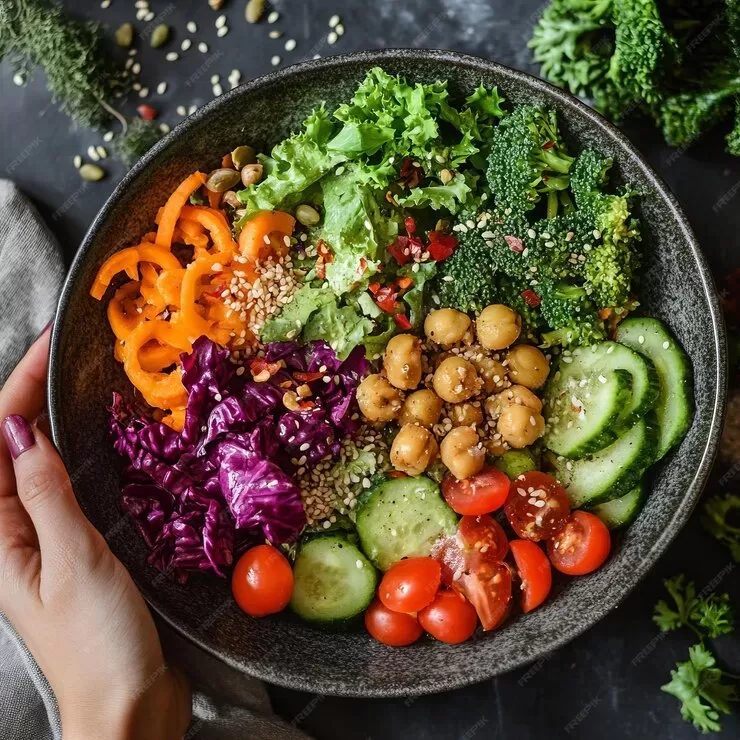
Simple Recipe to Get Started: Vegan Paleo Stir-Fry
This quick and easy stir-fry recipe is perfect for those looking to incorporate Paleo and Vegan principles into their meals.
Ingredients:
- 1 tablespoon coconut oil
- 2 cloves garlic, minced
- 1 inch ginger, grated
- 1 bell pepper, sliced
- 1 zucchini, sliced
- 1 cup broccoli florets
- 1 cup snap peas
- 1 tablespoon tamari or coconut aminos
- 1 tablespoon almond butter
- Juice of 1 lime
- Salt and pepper to taste
- Optional: Add tofu or tempeh for extra protein
Instructions:
- Heat the coconut oil in a large skillet over medium heat.
- Add the garlic and ginger, sautéing until fragrant.
- Stir in the bell pepper, zucchini, broccoli, and snap peas. Cook until vegetables are tender-crisp.
- Add the tamari (or coconut aminos), almond butter, and lime juice. Season with salt and pepper.
- Serve hot and enjoy your delicious Paleo-Vegan stir-fry!
Tips:
- For a spicier dish, add a pinch of red pepper flakes.
- If you prefer a thicker sauce, add a tablespoon of arrowroot starch mixed with a tablespoon of water.
- Experiment with different vegetables and protein sources to create your own unique stir-fry.
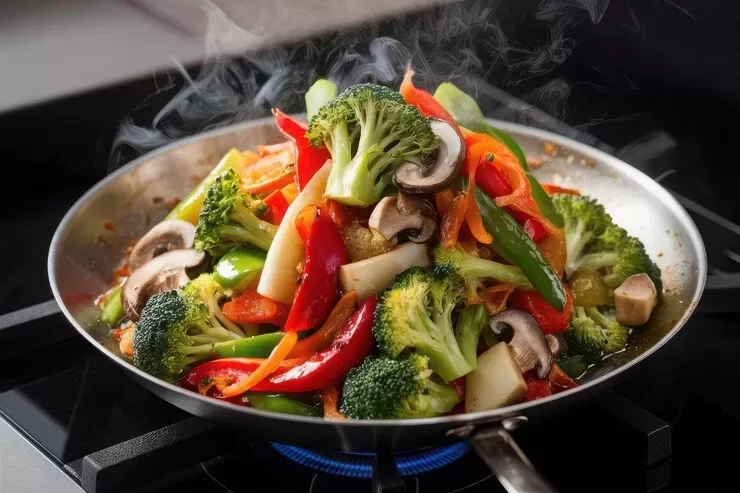
By embracing the principles of both Paleo and Vegan diets, you can enjoy a delicious and nutritious meal that supports your overall health and well-being.
Looking for more inspiration and guidance on your Paleo-Vegan journey? Explore delicious recipes, expert tips, and a supportive community at my website.
FAQs
What are the benefits of the paleo vegan diet?
The Paleo Vegan diet offers a range of health benefits, including improved gut health, reduced inflammation, sustainable weight management, and a lower environmental impact.
What are the potential benefits of paleo diet?
The Paleo diet may offer various health benefits, such as improved blood sugar control, weight loss, increased energy levels, and a reduced risk of chronic diseases.
What is the paleo vegan hybrid diet?
The Paleo Vegan hybrid diet combines the principles of veganism and the paleo diet, emphasizing whole, unprocessed plant-based foods while excluding all animal products.
What are 3 benefits of a vegan diet?
A vegan diet can offer several health benefits, including improved heart health, weight management, and a reduced risk of chronic diseases.


